Photos: Deep-sea expedition discovers metropolis of octopuses
Exploring the deep
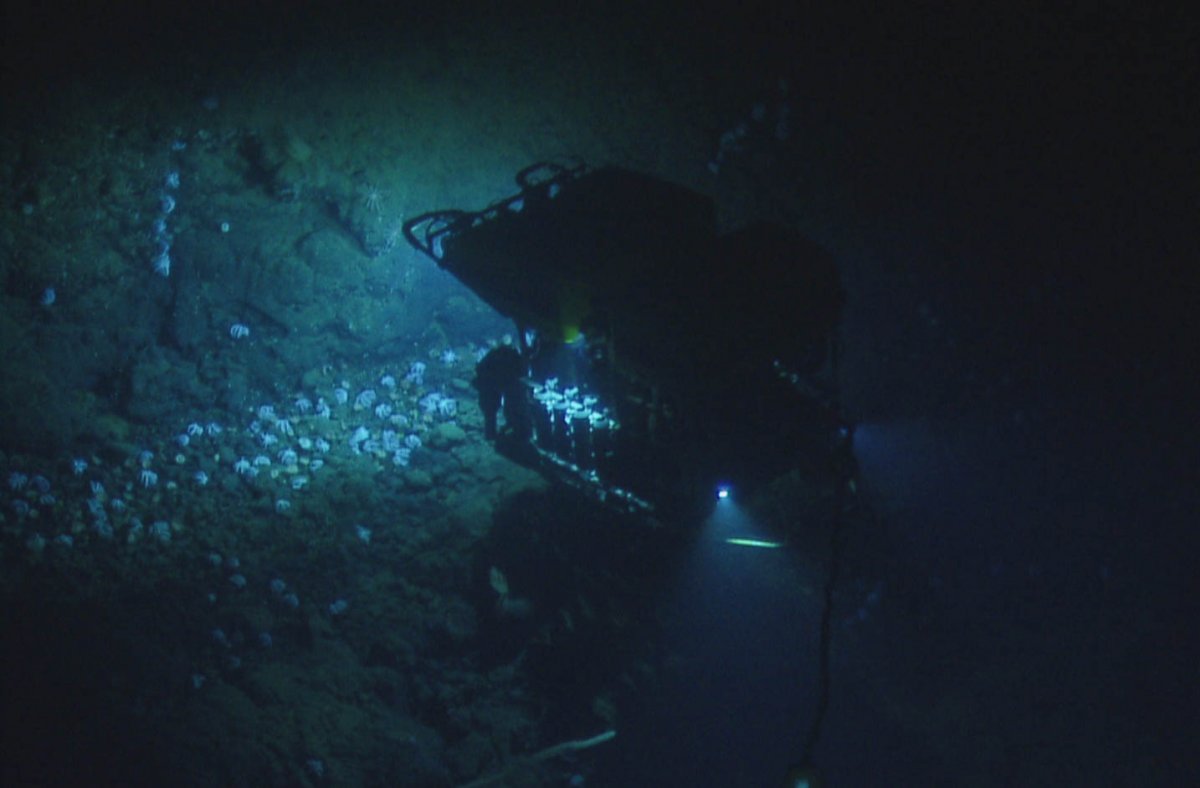
The E/V Nautilus has been working with the Monterey Bay National Marine Sanctuary to send their underwater remotely-operated vehicles (ROVs) to unexplored regions of the Davidson Seamount, about 80 miles (129 kilometers) off the coast of Monterey, California. The researchers discovered an abundance of octopuses in the area — an "Octopalooza," if you will. Read more about the expedition at the Nautilus website.
Brooding eggs
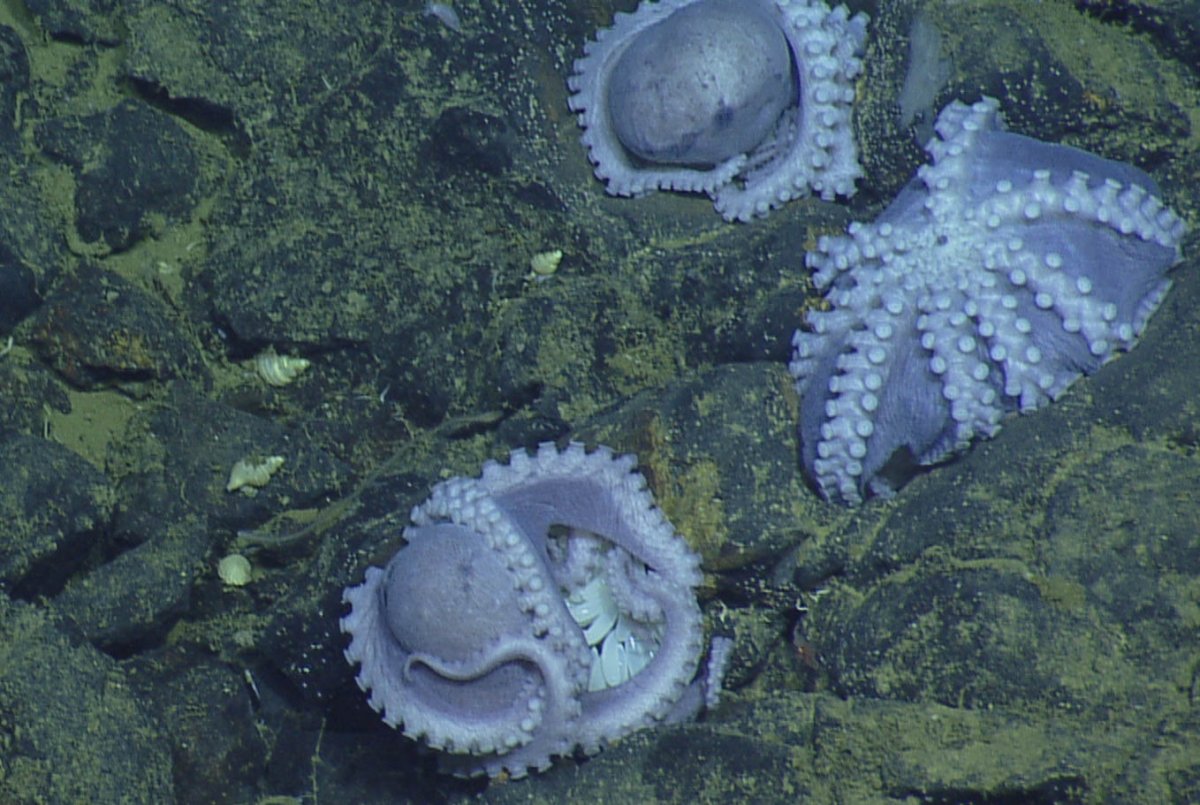
During one of its dives, the Nautilus' ROV spotted several octopuses huddled in the rocks. Look closely and you can see the shiny white eggs beneath those tentacles.
Dedicated mothers

Octopus mothers nestle in the rocks to lay their eggs. They wrap their arms around their heads and sit on top of the eggs to keep them safe and clean.
Rivers of octopuses
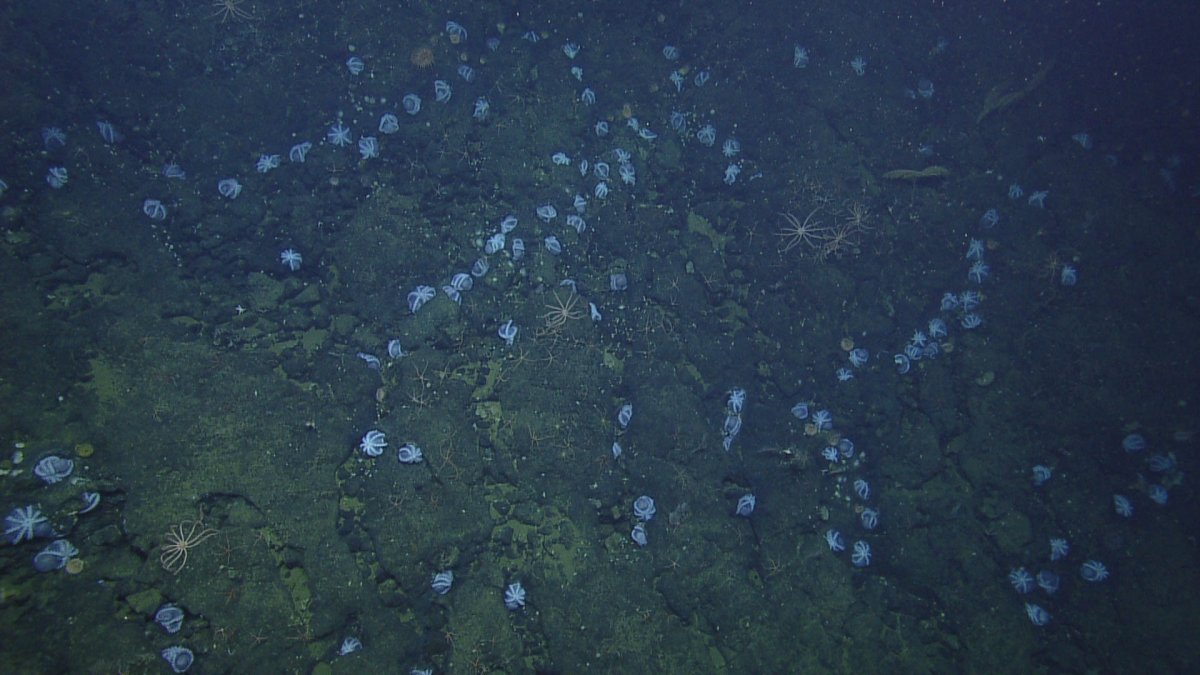
The ROV cruised over hundreds of octopus moms lined up in the rocks. The researchers identified them as Muusoctopus robustus.
Neatly tucked in

The discovery of the octopus nursery was unprecedented in this region. A similar but smaller aggregation has been found once before off the coast of Costa Rica. Read more about the giant gathering of octopus mothers.
Not alone
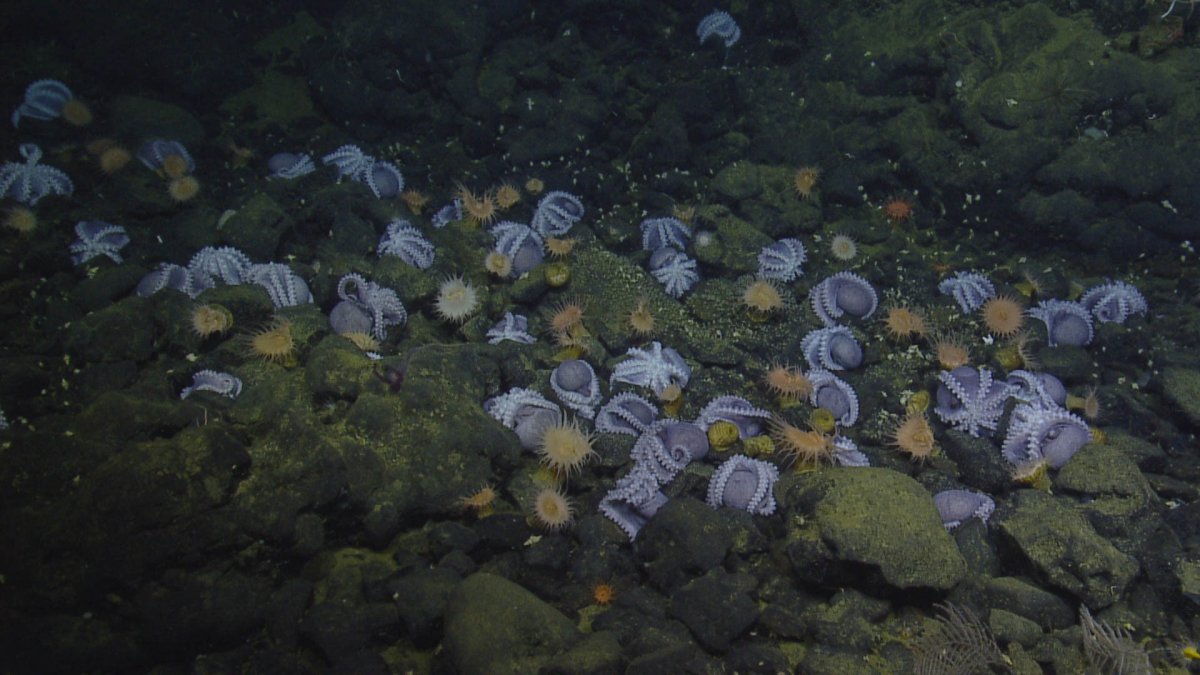
There were numerous other creatures in the octopus nursery, too, such as sea anemones, snails and shrimp.
Eight-legged wonders

In a different spot, this beautiful dark-red octopus kept its large eyes on the ROV.
Get the world’s most fascinating discoveries delivered straight to your inbox.
Color shifers
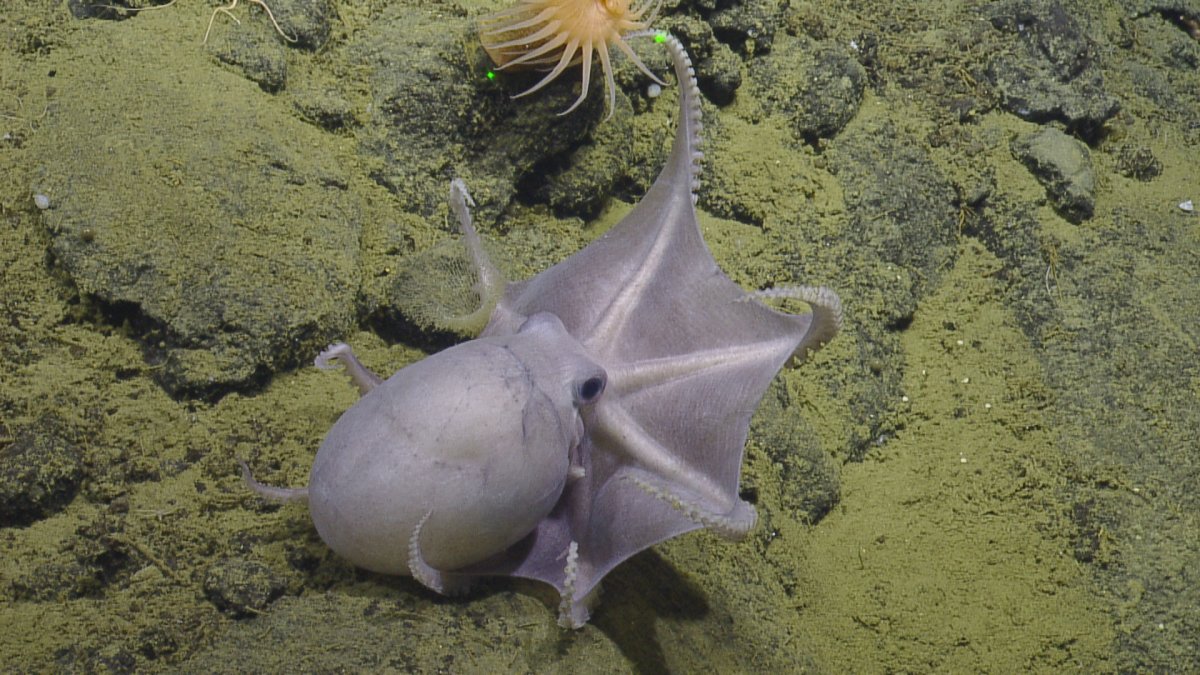
The octopus didn't stay dark-red for long. Many species of octopus can change the color and even the texture of their skin.
A diverse group
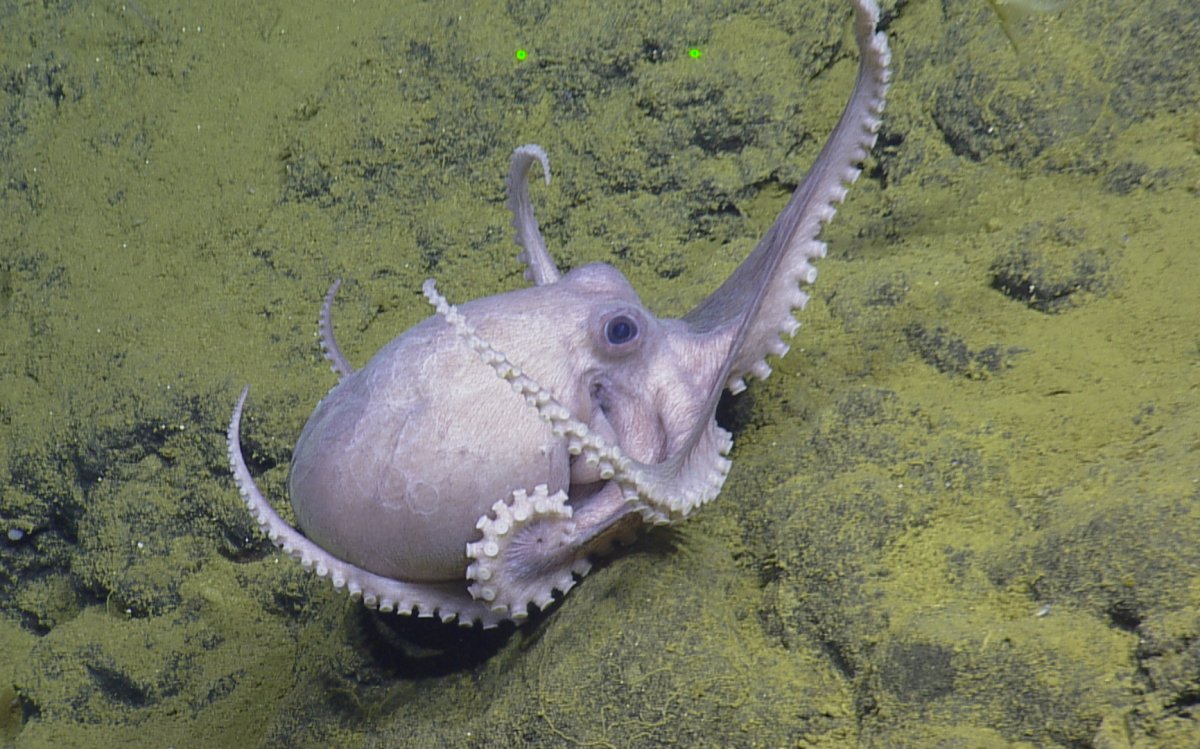
There are more than 200 species of octopus and they come in a wide variety of sizes — from the 16-foot (5 meters) Pacific octopus (Enteroctopus dofleini) to the tiny pygmy octopus (Octopus wolfi) that's smaller than an inch. [Check out this tiny baby octopus.]
No dummies here

Octopuses are highly intelligent creatures. They're capable of solving complex puzzles and have been known to escape their enclosures.
Advanced dexterity
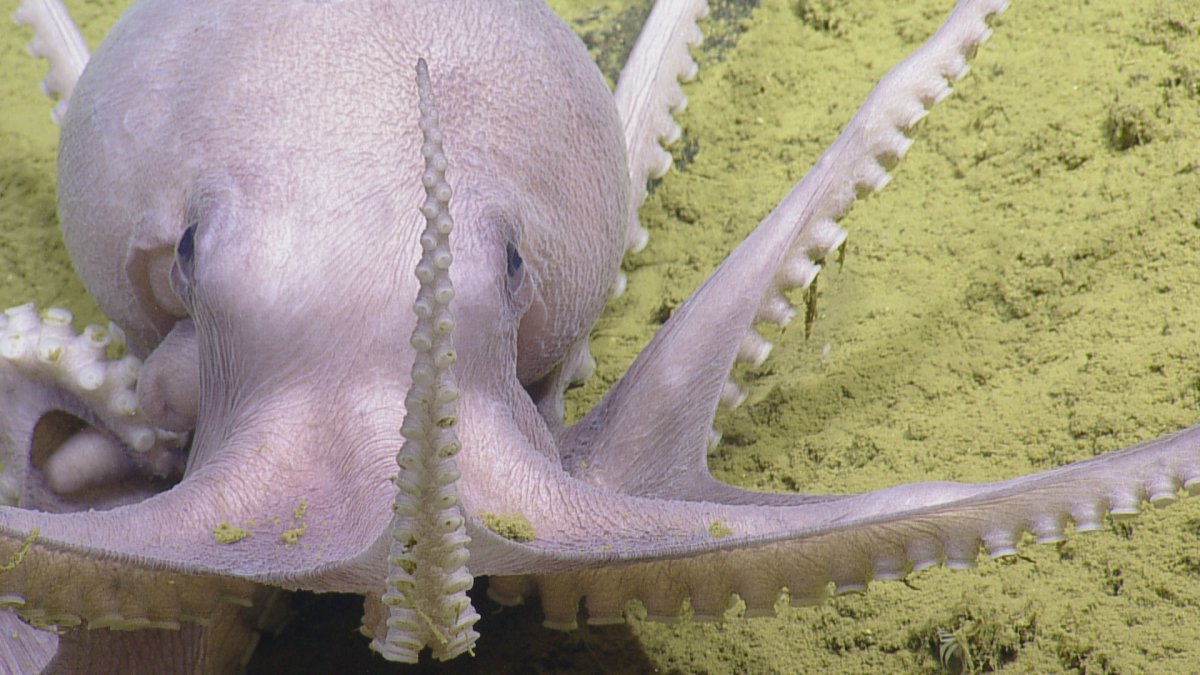
Their arms have a mind of their own. About two-thirds of an octopus's neurons are in their arms, according to the Ocean Exploration Trust.

Kimberly has a bachelor's degree in marine biology from Texas A&M University, a master's degree in biology from Southeastern Louisiana University and a graduate certificate in science communication from the University of California, Santa Cruz. She is a former reference editor for Live Science and Space.com. Her work has appeared in Inside Science, News from Science, the San Jose Mercury and others. Her favorite stories include those about animals and obscurities. A Texas native, Kim now lives in a California redwood forest.


